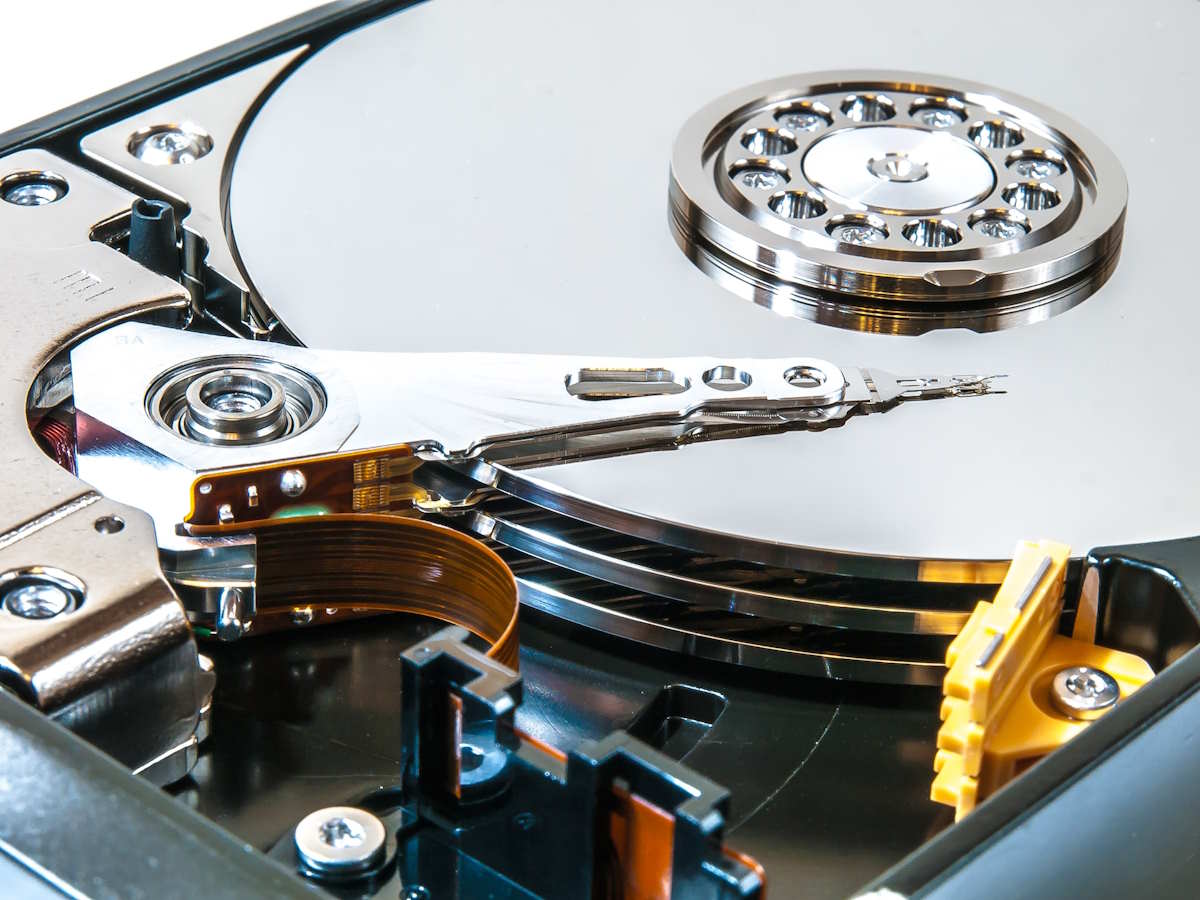The modern MedTech ecosystem is defined by its complexity. From ideation and prototyping to clinical trials, regulatory approval, manufacturing, and post-market surveillance, the product lifecycle demands careful coordination across multiple domains. Each phase of development has unique requirements and regulatory considerations, creating silos within teams and across departments. This fragmentation not only slows down innovation but also increases the risk of non-compliance, duplicated efforts, and costly errors.
Most organizations still rely on a patchwork of legacy tools to manage their lifecycle processes. Product Lifecycle Management (PLM) systems rarely communicate with Enterprise Resource Planning (ERP), Quality Management Systems (QMS), or Manufacturing Execution Systems (MES). The result is a disjointed environment in which vital information is scattered, outdated, or inaccessible at key decision points. As innovation accelerates, these inefficiencies are no longer sustainable.
Unified tools that provide seamless data connectivity and end-to-end traceability are becoming essential for companies aiming to remain competitive. The MedTech industry is rapidly recognizing the need for a more integrated approach to lifecycle management, one that allows for real-time collaboration, regulatory oversight, and performance analysis. Such a model is not only a strategic asset but a competitive necessity in today’s rapidly evolving market.

Digital Threading: The Backbone of Unification
At the heart of unifying product lifecycle tools lies the concept of digital threading. This technology enables a continuous, traceable flow of data across every stage of the product journey. From early concept development through production and post-market activities, digital threading ensures that each piece of information is contextual, current, and actionable. When executed effectively, it transforms how organizations collaborate and innovate.
Enlil, Inc., a Shifamed portfolio company, demonstrates the power of digital threading in practice. Their cloud-native Development Traceability Platform is designed for MedTech product development, connecting quality, lifecycle, manufacturing, and business systems into a unified source of truth. By integrating data from QMS, PLM, MES, and ERP tools, Enlil enables MedTech teams to maintain continuous traceability and compliance as products move from concept through commercialization. This connected approach allows organizations to collaborate more efficiently, adapt to change with confidence, and accelerate innovation, delivering on the promise of digital threading for regulated industries.
With a digital thread in place, MedTech companies can significantly reduce the time spent reconciling data between systems. Audit readiness becomes a continuous state, design changes can be implemented with full visibility, and risks are identified early through actionable insights. In this environment, decisions are based on real-time data rather than outdated reports or fragmented systems, marking a true step forward in efficiency and compliance.
Breaking Silos with Cross-Functional Visibility
Silos are among the most persistent barriers in MedTech product development. Engineering, regulatory affairs, quality assurance, and operations often operate within their own domains, using tools tailored to their specific needs. While specialization is necessary, the lack of cross-functional visibility leads to miscommunication, delays, and redundant work. A regulatory requirement missed by engineering, for example, can stall the entire project timeline.
A unified lifecycle platform dismantles these silos by providing a single workspace where teams interact with shared data, documents, and workflows. Changes made in one department instantly reflect across the board, eliminating manual updates and email trails. This approach not only reduces administrative burdens but also improves accountability and speeds up cross-functional decision-making. Teams gain situational awareness, leading to more informed and agile responses.
Moreover, cross-functional visibility plays a critical role in fostering a culture of collaboration. When stakeholders share access to the same information, discussions become focused on solving problems rather than chasing context. As transparency increases, so does trust, encouraging proactive communication and reducing conflict. The benefits are measurable, from faster time-to-market to improved audit outcomes and better patient outcomes.
Regulatory Confidence in a Shifting Landscape
Compliance remains one of the most daunting aspects of MedTech innovation. Regulatory frameworks are not only strict but also constantly evolving, requiring organizations to maintain rigorous documentation, version control, and audit trails. Fragmented systems make it difficult to prove compliance efficiently, especially under the scrutiny of agencies such as the FDA or EMA. Even a minor lapse in traceability can result in product recalls, legal exposure, or reputational damage.
A unified lifecycle approach enhances regulatory readiness by centralizing all compliance-related data in one place. Documented changes, approvals, and validations are automatically linked, creating a comprehensive audit trail without manual input. This capability is particularly important as regulators begin to expect digital evidence of conformity and lifecycle traceability. For companies navigating multiple markets, a centralized system simplifies compliance with international standards like ISO 13485, MDR, and 21 CFR Part 11.
Future-proofing against regulatory changes also becomes easier with integrated platforms. Updates to quality standards or submission formats can be adopted centrally, flowing automatically through the development pipeline. This adaptability reduces downtime during regulatory transitions and ensures continuous product compliance. As digital-first regulations become more common, companies that embrace unified systems will be best positioned to lead rather than react.
AI and Predictive Insights: The Next Leap
Artificial Intelligence is no longer a speculative tool in MedTech; it is becoming a core component of lifecycle management. With unified systems in place, organizations can leverage AI to mine historical and real-time data for patterns, anomalies, and opportunities. This predictive capability enables earlier detection of potential design flaws, supply chain disruptions, or compliance risks, allowing teams to act preemptively.
In a unified platform, AI tools can function across disciplines, drawing from engineering logs, quality reports, supplier records, and field data. The more interconnected the data, the more precise and relevant the insights. Machine learning algorithms can identify correlations that human analysts might miss, such as how minor material changes impact long-term device performance or how specific suppliers influence time-to-market.
The value of AI is magnified in environments that are not constrained by data silos. Predictive analytics become actionable when insights are fed directly into workflows, allowing teams to adapt plans, reallocate resources, or escalate concerns. This integration is essential for making AI more than a dashboard feature and transforming it into a strategic advisor embedded within the lifecycle itself.
Empowering the Ecosystem: Beyond OEMs
The MedTech landscape is more than just manufacturers. Contract manufacturers, design partners, regulatory consultants, and other stakeholders form a vast and interconnected ecosystem. Yet, many of these contributors are excluded from enterprise tools or forced to use inefficient communication methods. This disconnect reduces overall efficiency and increases the likelihood of missteps in critical development stages.
Unified lifecycle platforms can serve as shared environments where every stakeholder operates with clarity and consistency. Instead of exchanging spreadsheets or waiting for access to isolated portals, external partners can interact directly with workflows and data relevant to their role. This collaboration accelerates feedback loops and reduces friction in handoffs, especially in iterative design and manufacturing processes.
For OEMs, extending lifecycle visibility to external partners also enhances accountability. Milestones, dependencies, and deliverables are transparent, which reduces delays caused by misaligned expectations. A more connected ecosystem means faster development, more resilient supply chains, and ultimately, better products reaching patients more reliably and safely.

The Road Ahead: Unification as a Strategic Mandate
As the pace of medical technology innovation continues to accelerate, the need for unified lifecycle tools is becoming a strategic imperative. Companies that adopt these systems early gain not only operational efficiency but also a more adaptive, intelligent, and compliant approach to product development. The pressure to do more with less, innovate faster, and meet global regulatory expectations will only intensify in the coming years.
Investing in unification is not a cost-saving measure alone; it is a transformation of business capability. Organizations that once struggled with disconnected systems and fragmented data are discovering the competitive advantages of integration. Speed to market improves, compliance becomes routine rather than reactive, and cross-functional teams move from firefighting to innovating.
The future of MedTech lies in intelligent, integrated, and inclusive lifecycle management. As new technologies such as AI, digital twins, and decentralized manufacturing gain traction, the foundations laid by unified platforms will determine who leads and who lags. For forward-thinking companies, the journey toward unification is already underway—and the benefits are too compelling to ignore.



















